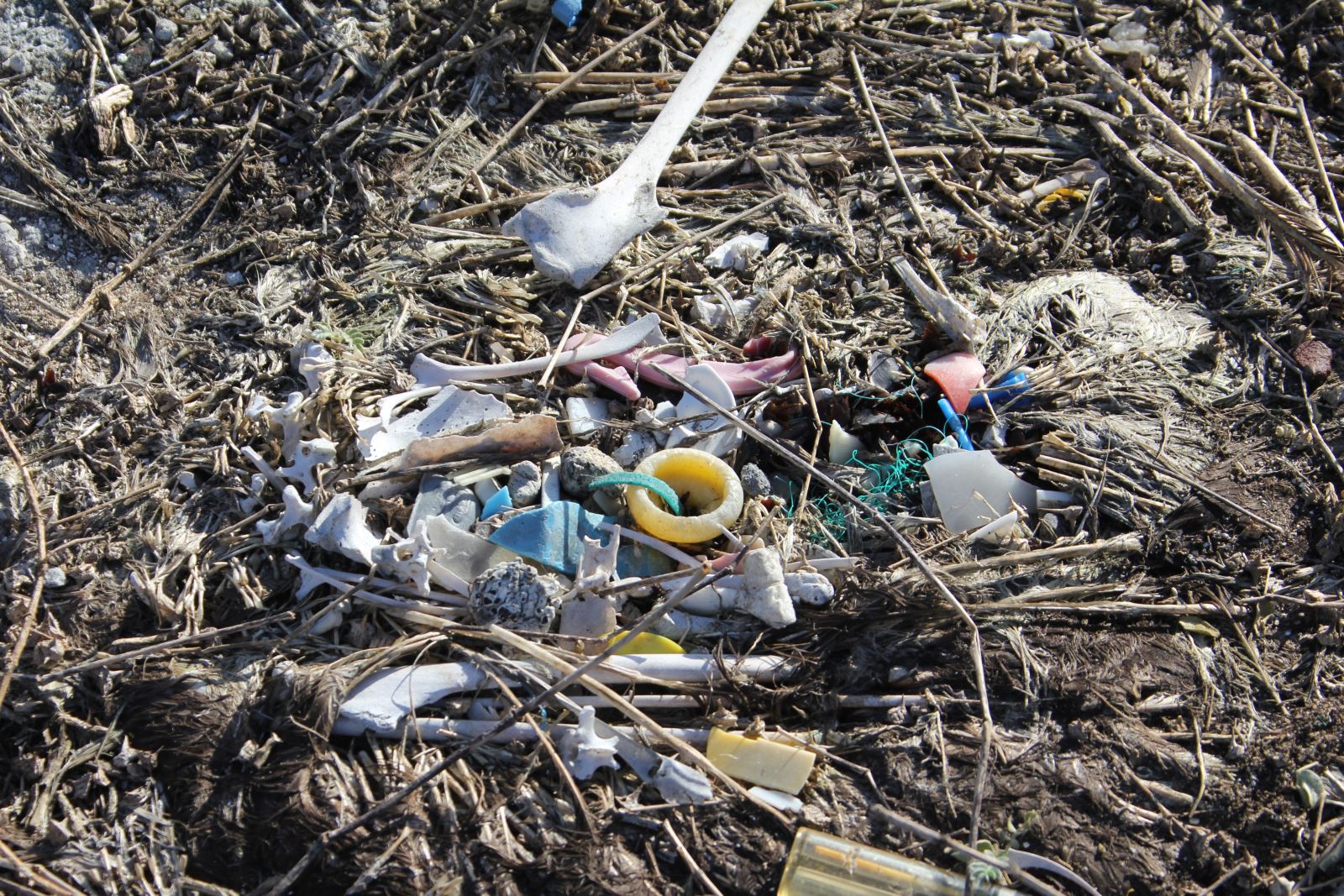Day in and day out we hear of the perils of global warming; we are surrounded by news of this issue in newspapers, on television and the internet. Industrial advancements have improved the quality of our lives by leaps and bounds. This however, came at too high a cost for the environment. The Earth’s resources have been consumed by us without a thought to the disruption we are causing to the ecological system.
Fertile lands have been ruined, habitats have been destroyed, and environmental systems have been changed beyond recognition. Pollution has abounded in all corners of the Earth. Many people have despaired of the escalating situation, but some are taking positive steps in remedying the wrongs, the most recent example is the summit that was held in Cancun, Mexico. However, delegates of countries are not the only people playing an important role in bringing about change. Many scientists are trying to find practical and efficient solutions, and their contribution is crucial.
Chemistry helps scientists discover alternatives to substances that are harmful to the environment and health. To that effect, a relatively new field called “green chemistry” has been developed to focus on chemical research and engineering that targets the design of products and processes to minimize the use and generation of hazardous substances.
An important issue to be considered nowadays is the reduction in the use of energy, whether at home, at school, at malls, at factories and so on. Green chemistry helps design chemical products that are efficient in the sense that they would need less energy when used and synthetic methods could be conducted at ambient temperatures and pressure.
Disasters, such as aquatic life perishing, occur frequently when chemical hazards are dumped into rivers and seas. The principles of green chemistry are to avoid such occurrences by developing processes that prevent industrial waste, rather than treat it or clean it up after it is formed.

When products are being manufactured, synthetic methods should be designed to maximize the incorporation of all materials used in the process. This will help decrease the amount of left-over substances. Even better, synthetic methodologies are being designed to use and generate substances that have little or no toxicity to human health and the environment.
It is generally believed that there is an island of plastic waste the size of Mongolia floating in the Pacific Ocean, which leads to great harm to marine life and birds. This is due to the fact that plastic materials are non-biodegradable. Therefore, an important issue that green chemists work on is the production of chemical products that are designed to slowly break down and degrade in the environment without leading to any disturbance to natural cycles.
We all have used foam cups, but we usually do not pause to question how this material came to be. Polystyrene foam is a common material used in packing and food transportation; when we buy a television set for example, we usually receive it protected by foam molds that are made of this substance. More than 300 million kilograms are produced each year in the United States alone. Traditionally, CFC and other ozone-depleting chemicals were used in the production process of the foam sheets, presenting a serious environmental hazard.

An example of green chemistry at work can be found in Dow Chemical, an American company, which in 1996 created a better solution for polystyrene foam production. Scientists discovered that supercritical carbon dioxide works as well as a blowing agent, without the need for hazardous substances, allowing the polystyrene to be more easily recycled. The CO2 used in the process is reused from other industries, so the net carbon released from the process is zero.
The Nobel Prize Committee recognized the importance of green chemistry in 2005 by awarding Yves Chauvin, Robert H. Grubbs, and Richard R. Schrock the Nobel Prize in Chemistry for "the development of the metathesis method in organic synthesis." The Nobel Prize Committee stated: "This represents a great step forward for 'green chemistry', reducing potentially hazardous waste through smarter production. Metathesis is an example of how important basic science has been applied for the benefit of man, society and the environment."
Chemists are now researching new methods that are more sustainable and environmentally friendly. Examples include the production of plastic materials using natural sources such as plants, which are biodegradable, and the creation of lightweight plastic composites that help reduce car and airplane fuel consumption. Major research in the field of chemistry is vital for the necessary development that will allow mankind to lead a comfortable life in harmony with nature. In the 21st Century, our biggest challenge is to salvage what remains of our ailing Earth, heal and persevere in protecting it.
*Published in the PSC Newsletter, Spring 2011 Issue.